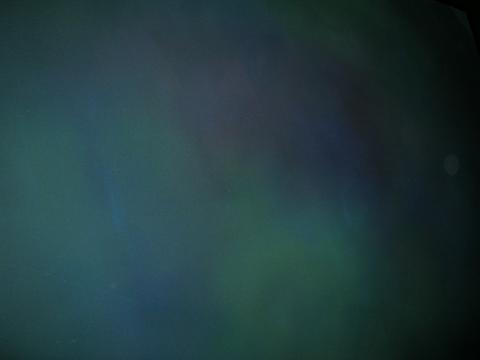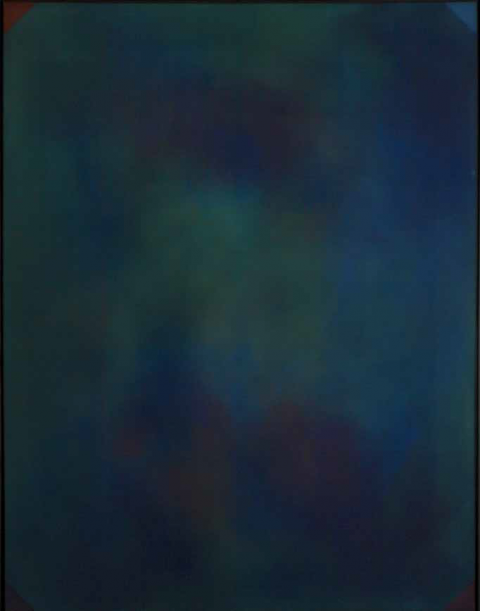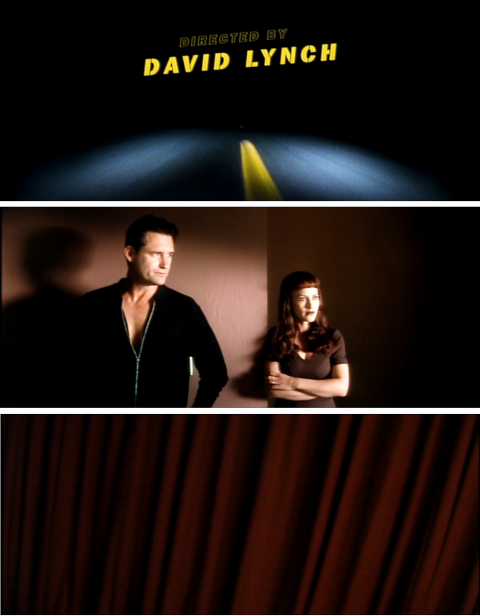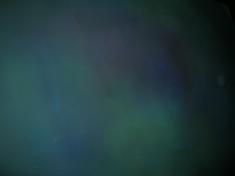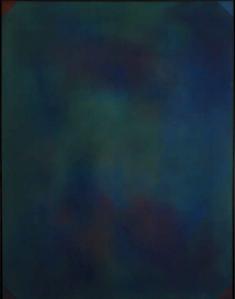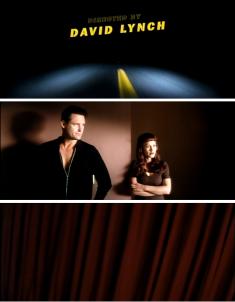Milan Mrkusich's vertigo
Painting Dark III, 1971
In David Lynch’s 1996 movie Lost Highway there is a moment of all-enveloping black that defies cinematic logic. As the camera follows Fred, played by Bill Pullman, through the interior of his luxurious but fashionably barren house, actor, walls and all bearings disappear. The darkness was so visceral when I first saw it that I felt giddy and about to topple over even though I was safely cushioned in the cinema seat. It haunts me still.
To stand in front of Mrkusich’s Painting Dark III is to experience a similarly ambivalent darkness. The painting can’t make up its mind between depth and surface: it is depth-in-flatness. While Mrkusich’s command of dark colours creates rich atmospheres that swallow your bearings, they are elegantly anchored to the flat field by the triangles of dulled colour at each corner. Mrkusich painted New Zealand’s first abstract painting (1946). Twenty six years later, when Painting Dark III was first shown by P J Vuletic at the eponymous Petar James Gallery, it coincided with a flourishing of formal abstraction – Mrkusich, Walters, Killeen, Thornley, Scott, Driver – and with Vuletic’s influential but fleeting (1972-76) promotion of internationalism in Auckland.
Part of the painting’s mystery lies in the way colours shift. Is it purple, with a green cloud and an expanding tide of blue; or blue with purple bruises and green stains? Mrkusich bleeds one into the other without loosing either richness or depth. This is not easy, for although green, blue and purple all have blue in common; the yellow in green can easily turn purple to grey, as can the red in purple turn the lights off in green. Painting Dark III is a memorable example of Mrkusich’s confidence in harnessing the power of dark, muted colours to create a mysteriously luminous field. Though it may not cause vertigo, it is an exemplar of how to make darkness palpable.
Previously published in The Masterpiece Auction, 14 June 2007, Art+Object the 21st Century Auction House, Auckland, pp30-31.
